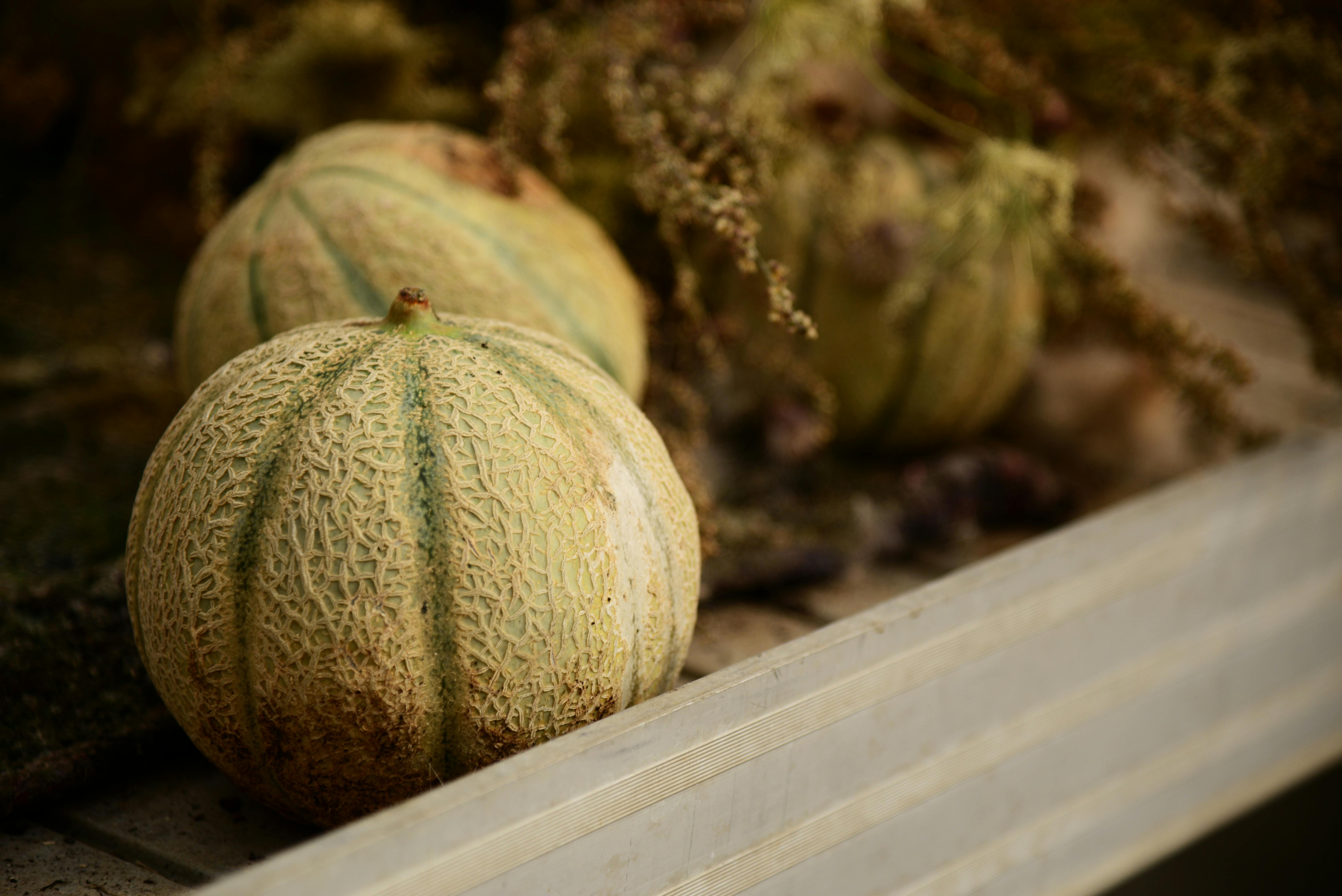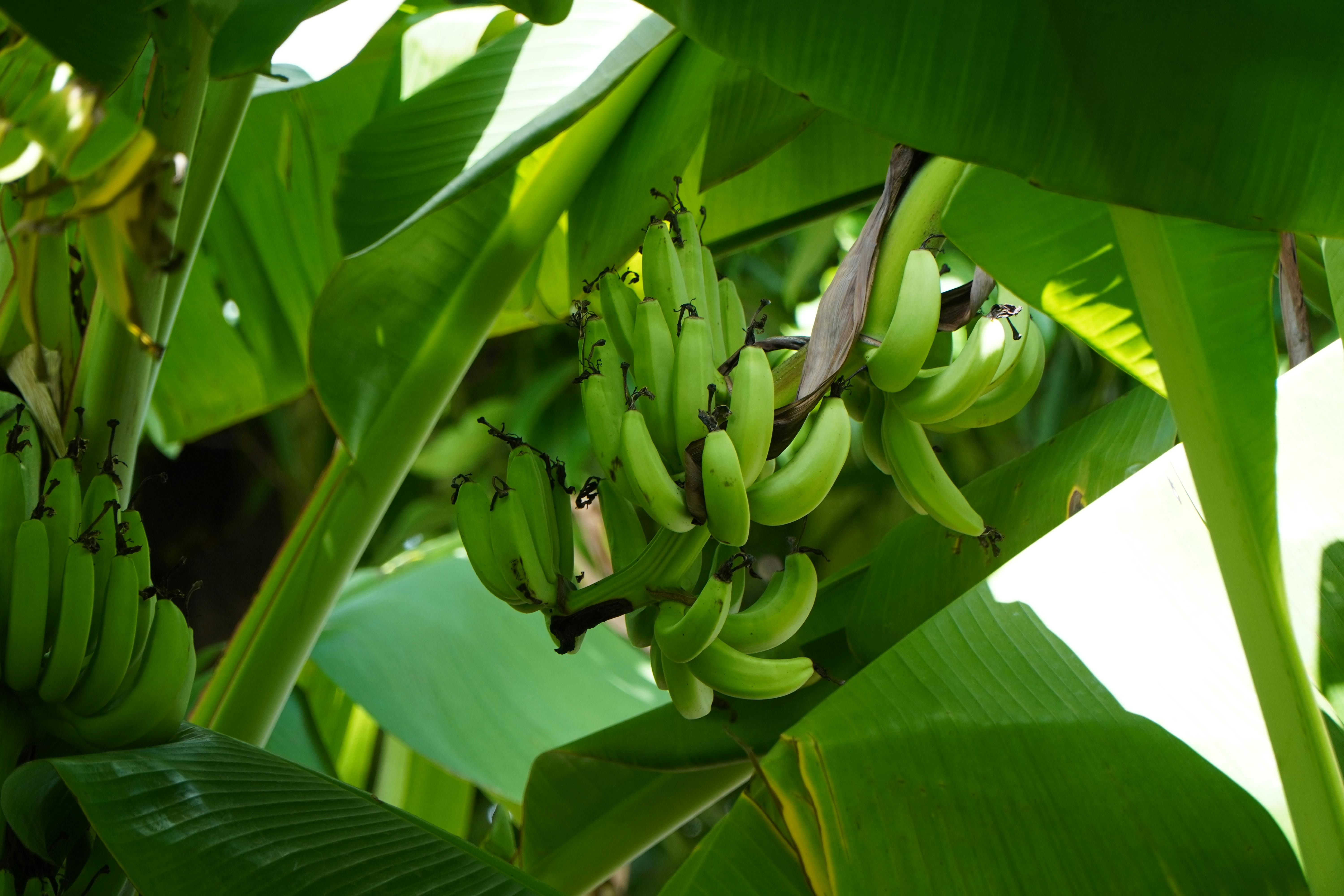Types of Oranges
Oranges are one of the most popular and widely consumed fruits in the world. They come in various shapes, sizes, and colors depending on the type. Some of the most common types of oranges include Navel, Valencia, Mandarin, Blood Orange, and Cara Cara oranges.Navel oranges are a type of seedless orange variety with a thick skin and sweet taste. They are often used for juicing and snacking due to their easy-to-peel nature. Valencia oranges are a mid-season orange variety known for their high juice content and sweet flavor. They are often used to make orange juice or eaten out of hand as a snack.
Mandarin oranges are smaller than other types of oranges and have a very sweet taste. They are usually eaten fresh or used to make candied citrus peel or marmalade. Blood oranges have a unique flavor and have red flesh due to the presence of anthocyanins in their skin. They can be eaten fresh or juiced for unique cocktails or smoothies.
Cara Cara oranges are similar to navel oranges but have a pinkish flesh due to the presence of lycopene in their skin. They have a slight berry flavor and can be eaten fresh or used in salads and desserts for color contrast. No matter what type you choose, all varieties of orange offer numerous health benefits due to their vitamin C content, fiber content, and antioxidant properties.
The Health Benefits of Eating Oranges
Oranges are one of the most popular fruits in the world, and for good reason. Not only are they sweet and delicious, but they are also loaded with important vitamins and minerals that can help improve your health. From boosting your immune system to aiding digestion, here are some of the top health benefits of eating oranges.One of the biggest benefits of eating oranges is their high vitamin C content. Vitamin C is an essential nutrient that helps keep your immune system strong and protect against illnesses like colds and the flu. It also helps your body absorb iron more efficiently, which is important for keeping energy levels high throughout the day. Oranges contain more than 70% of your daily recommended intake of vitamin C, making them an excellent choice for boosting immunity.
Oranges are also a great source of fiber, which can aid digestion and keep you regular. The soluble fiber in oranges helps bind to cholesterol-containing bile acids in the digestive tract, helping to reduce levels of bad cholesterol in the body. The insoluble fiber found in oranges can also help add bulk to stool, making it easier to pass through the intestines.
In addition to these benefits, oranges are a great source of potassium and folate. Potassium helps regulate blood pressure levels by balancing out sodium levels in the body, while folate aids cell repair and production. Oranges are also a good source of calcium, which is important for bone health.
Overall, oranges provide many wonderful health benefits that make them an essential part of any healthy diet. Whether you eat them fresh or drink their juice, make sure you include this delicious fruit as part of your regular nutrition plan.
Vitamins Found in Oranges
Oranges are a great source of vitamins, including Vitamin C, thiamin, folate, and Vitamin A. Vitamin C is an essential nutrient for the body and helps to keep our skin healthy, our immune system strong, and aids in the absorption of iron. Thiamin helps to metabolize carbohydrates into energy. Folate is important for cell growth and development while Vitamin A helps with eyesight and skin health.Minerals Found in Oranges
Oranges are also an excellent source of minerals such as potassium, calcium, magnesium, phosphorus and zinc. Potassium plays a crucial role in nerve transmission, muscle contraction and fluid balance within cells. Calcium is important for strong bones and teeth while magnesium is necessary for the proper functioning of nerves and muscles. Phosphorus helps to build strong bones and teeth while zinc strengthens the immune system.Fiber Found in Oranges
Oranges are a good source of both soluble and insoluble fiber which helps to keep us full longer and aids in digestion. Soluble fiber can help to lower cholesterol levels while insoluble fiber adds bulk to stools helping them move through the digestive tract more quickly.Other Nutrients Found in Oranges
In addition to vitamins, minerals and fiber, oranges also contain other nutrients such as antioxidants which can help protect against free radical damage. They also provide some protein as well as smaller amounts of other vitamins such as niacin, riboflavin, pantothenic acid, vitamin B6 and vitamin E.How to Select and Store Oranges
When selecting oranges at the grocery store, it is important to choose ones that are firm, heavy for their size and free of blemishes or soft spots. If the oranges have leaves, make sure they look fresh and green, and avoid any with wilted or browned leaves. Smell the oranges; they should have a sweet citrus aroma. Once you’ve chosen your oranges, store them in a cool, dark place. If your kitchen is warm, keep them in the refrigerator in a plastic bag with holes punched in it. Oranges will generally last for one to two weeks when stored properly.If you want to freeze your oranges for later use, peel them first and cut into slices or wedges. Place them on a baking sheet lined with parchment paper and freeze until solid – about 2 hours – then transfer them to an airtight container or resealable plastic bag. Frozen orange slices will remain fresh for up to 6 months if stored properly.

Oranges in Cooking and Baking
Oranges are a favorite fruit for many and can be used in a variety of dishes. From sweet to savory, oranges can be used to flavor a dish or add natural sweetness. Whether you’re looking for a way to use up extra oranges or just want to try something new, here are some great recipes to get you started.To use oranges in cooking, try adding orange juice or zest to marinades for chicken, fish, pork, and vegetables. The acidity of the juice will help tenderize the meat while the zest adds a hint of citrus flavor. Orange zest can also be added to salad dressings or sauces for an extra kick of flavor.
When baking with oranges, consider using orange juice or zest in cakes, muffins, scones, and breads. Orange juice can also be added to glazes and frostings for extra sweetness. For a more intense orange flavor you can add orange extract or make an orange syrup by boiling equal parts sugar and fresh orange juice until it thickens slightly. This syrup is especially delicious drizzled over pancakes or waffles.
You can also make your own candied oranges as a sweet treat or garnish for desserts like ice cream. To do this you’ll need sugar and fresh orange slices that have been cut into thin strips with the peel still attached. Place the strips in a heavy-bottomed pot with enough water to cover them and bring it to a boil over medium-high heat. Once boiling reduce the heat to low and simmer until most of the liquid has evaporated (about 20 minutes). Once cooked remove from heat and let cool before rolling in sugar on both sides then setting aside on parchment paper until ready to use.
Whether you’re looking for something savory or sweet there are plenty of ways to use oranges in cooking and baking! Try out any of these recipes for an easy way to incorporate this versatile fruit into your meals.
Orange Salad
Nothing says summer like a fresh orange salad. This recipe is an easy and delicious way to enjoy the flavors of the season. Start by prepping the oranges: peel and segment them, then cut into thin slices. Place in a large bowl and set aside. Next, make the dressing by combining olive oil, vinegar, honey, garlic, and a pinch of salt. Whisk until combined. Pour the dressing over the oranges and mix gently to combine. Finally, add your favorite ingredients like feta cheese, walnuts, or avocado for extra flavor and texture. Enjoy!Orange Chicken
This orange chicken recipe is sure to become a family favorite! Start by mixing together orange juice concentrate with garlic powder, onion powder, soy sauce, water, honey, brown sugar and cornstarch in a saucepan over medium heat. Simmer until thickened then set aside. In another bowl combine chicken pieces with salt and pepper to taste then dredge in flour until coated evenly. Heat oil in a skillet over medium-high heat then add chicken pieces and cook until golden brown on both sides. Take out from pan and pour orange sauce over it; stir to coat evenly then simmer for 5 minutes or until chicken is cooked through completely. Serve with steamed rice or vegetables for an easy weeknight meal!Orange Cake
This scrumptious orange cake is made with fresh oranges for an extra zesty flavor! Preheat oven to 350 degrees F (175 degrees C). Grease an 8-inch round cake pan with butter or cooking spray then dust lightly with flour; set aside. In a medium bowl combine all-purpose flour, baking powder, baking soda and salt; mix well using a whisk or fork; set aside as well. In another bowl cream together butter and sugar until light and fluffy about 2 minutes using an electric mixer at medium speed; add eggs one at time beating after each addition until fully incorporated before adding next one; add vanilla extract followed by freshly squeezed orange juice stirring after each addition until incorporated completely; now gradually add all-purpose flour mixture stirring continuously using a wooden spoon just until combined (do not overmix). Pour batter into prepared cake pan spreading evenly using a spatula then bake in preheated oven for 30 minutes or until toothpick inserted in center comes out clean; take out from oven let cool completely before serving topped with whipped cream if desired!What Are Some Fruits That Start With O That Pair Well With Fruits Starting With I?
When exploring the delightful combinations of fruits, consider options like oranges and iguanas fruit. These citrusy delights complement the sweetness of other fruit names that start with i, such as Indian figs. Together, they create a vibrant and refreshing snack or smoothie, perfect for a summer day. Enjoy the flavors!
Fun Facts About Oranges
Oranges are one of the most popular fruits in the world and have a lot of interesting facts associated with them. Here are some fun facts about oranges that you may not know:The orange is believed to be native to Southeast Asia, where it was first cultivated in the 16th century. It was introduced to Europe by traders in the 17th century, and then later brought to North America by Spanish explorers.
Oranges are actually a hybrid fruit, derived from a cross between two other citrus fruits, the pomelo and mandarin orange. The exact origin of this hybrid is unknown, but it is believed to have originated in either India or China.
The scientific name for an orange is Citrus sinensis, which means “Chinese orange”. This name was given to the fruit because it was believed that the original oranges were cultivated in China.
Oranges are very nutritious, containing high levels of vitamin C as well as dietary fiber, potassium, thiamin and folate. They also contain antioxidants which can help protect against certain diseases.
Orange peels have many uses as well – they can be used to make tea or as a natural insect repellent. Orange zest (the outermost layer of an orange peel) is often used as a flavoring agent in baking or cooking recipes.



